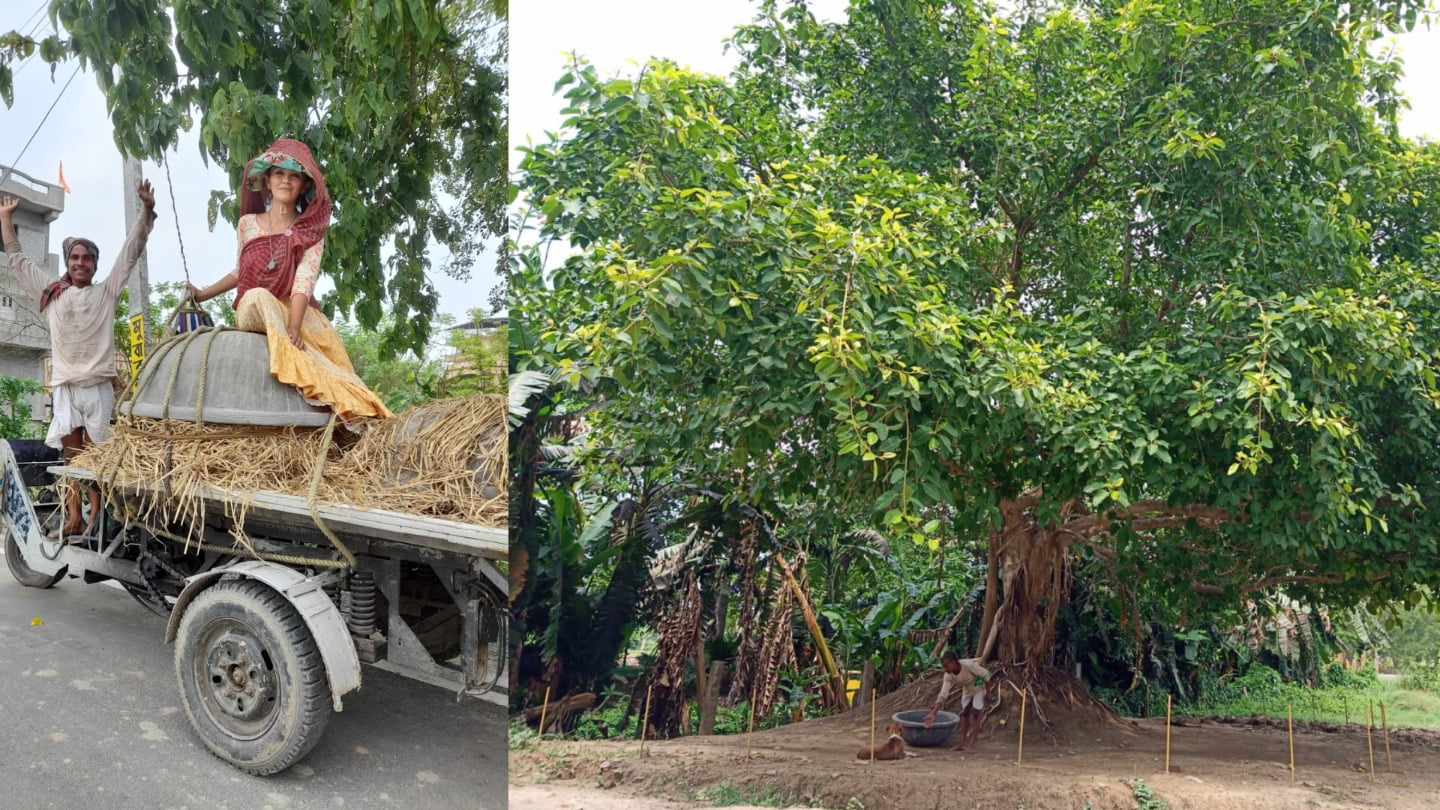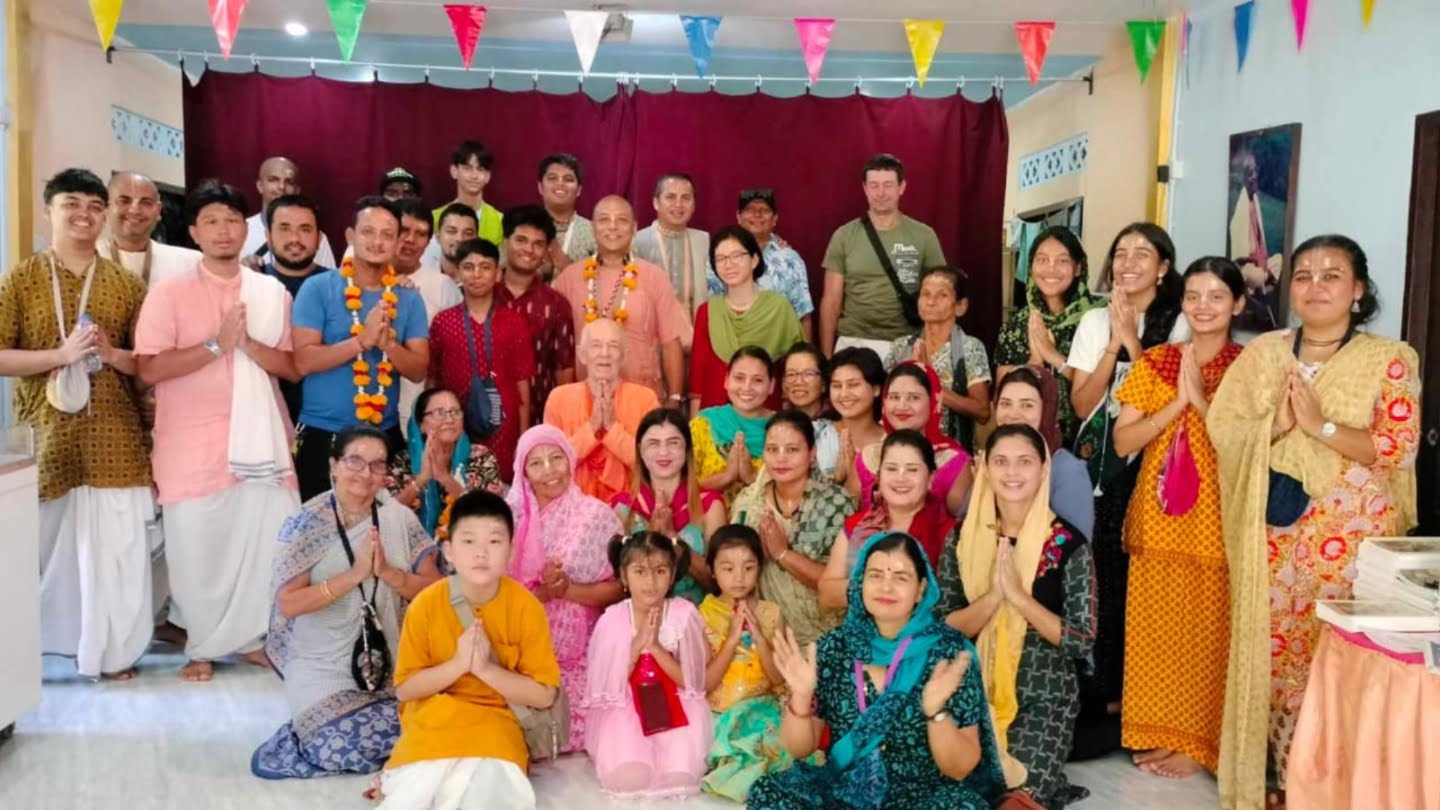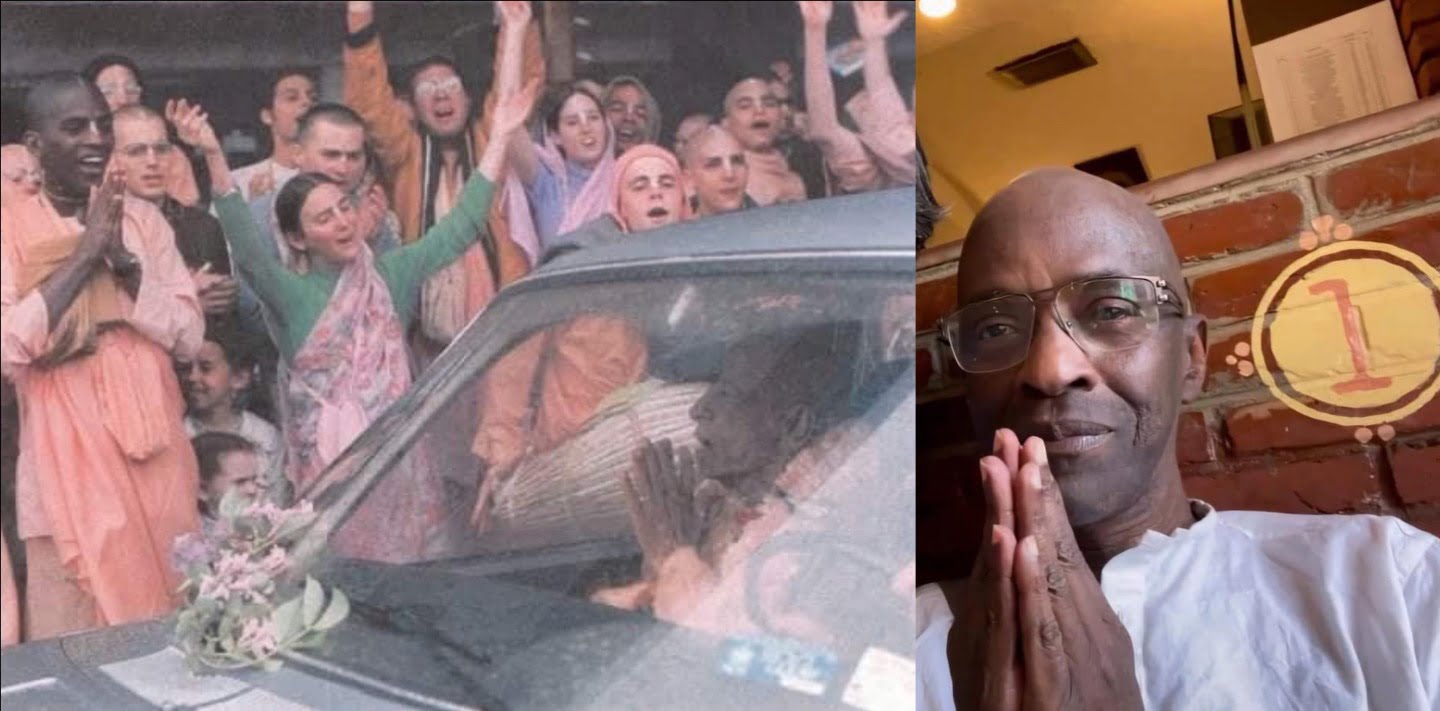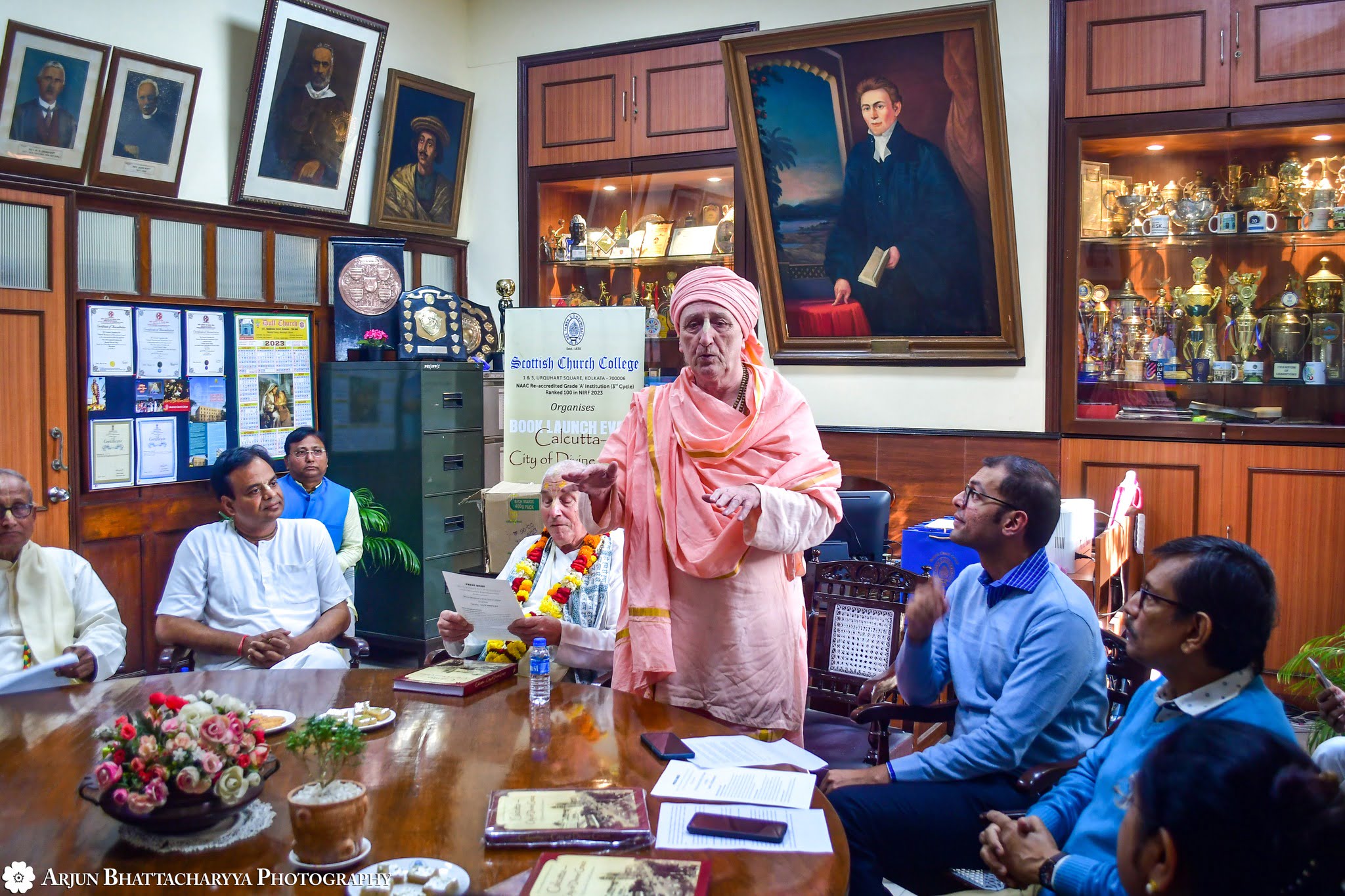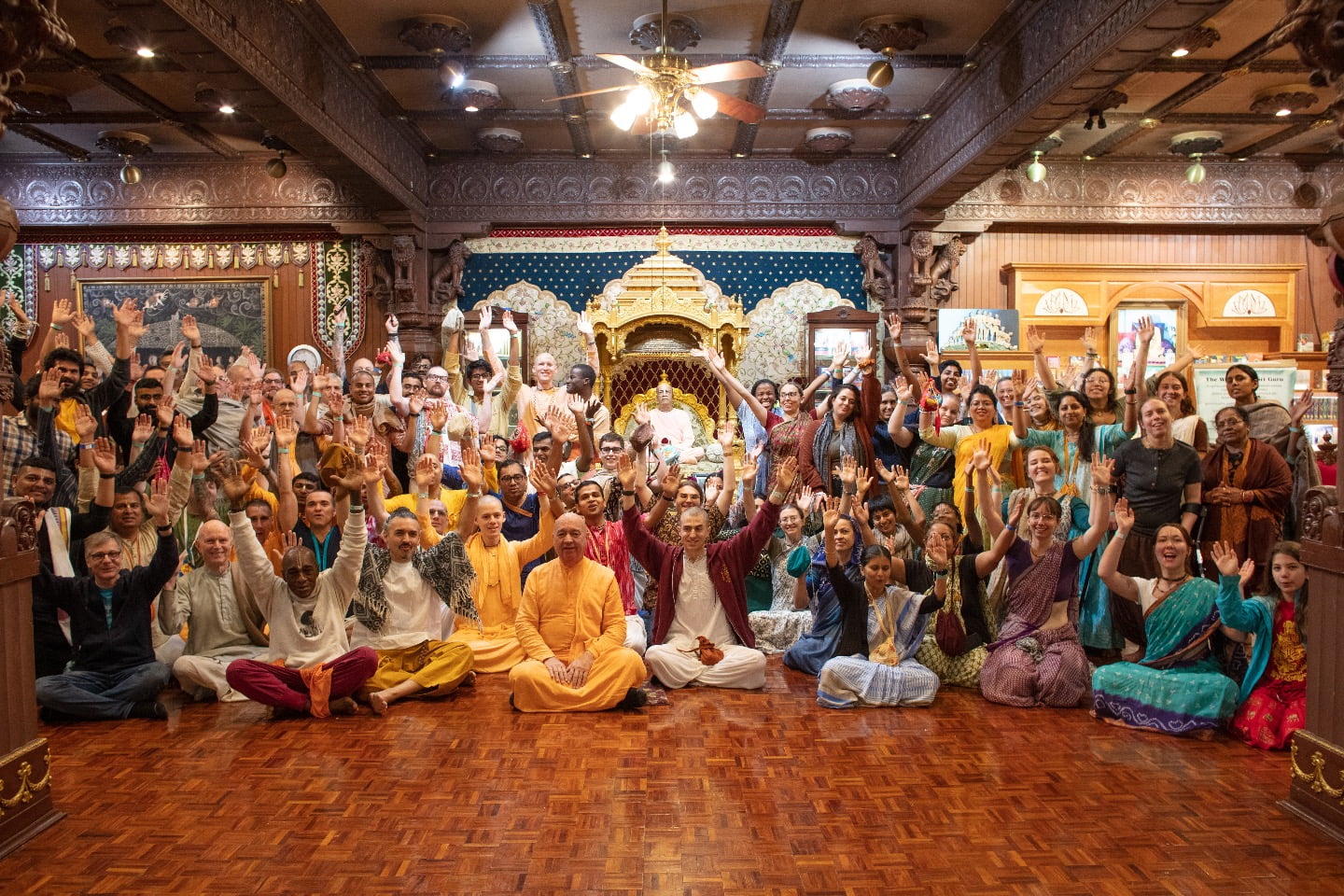Hypertension in the Ayurveda
By Chaitanya Swarup | May 14, 2011

To understand the various causes of hypertension from the ayurvedic point of view it is neccessary to understand its basic fundamental principles. Hypertension may also be classified according the main dosha involved and its site of origin.
The main site of Vata is the large intestine. When Vata and accumulates it can be absorbed into the blood increasing the qualities of Vata and causing constriction of the blood vessel walls. Constriction of the blood vessels may also be a result of Vata increasing due to psychological stress associated with fear, anxiety and insecurity.
The small intestine is the main site of Pitta. If Pitta accumulates here it is absorbed into the circulatory system increasing the viscous, fatty oily qualities. Due to the increased viscosity, the blood exerts pressure on the blood vessels resulting in increased blood pressure. Pitta can also increase due to psychological stress related to anger, hate, envy and jealousy may be associated with increase blood pressure.
Kapha type hypertension originates in the stomach being the main site of Kapha. Kledaka Kapha produced in the stomach in the form of gastric mucosal secretions that are responsible for the digestion of carbohydrates, starch and glucose. The end products of this phase are tryglycerides. When Kledaka Kapha is disturbed or there is an accumulation of Kapha at this site, there is an accumulation of triglycerides and cholesterol. This accumulation of Kapha predominant qualities then move into the circulatory system causing an increase in the viscosity of plasma tissue within the blood resulting in increased pressure on the blood vessels.
Other terms used to describe Hypertension in Ayurvedic classics:
• Rakta Sampida
• Rakta Bhara
• Sira Graha
• Vata Rakta
• Ama Rasa
• Ama Rakta
• Rakta Pitta
Hypertension and the mind
Ayurveda recognizes that the mind has a strong influence on the heart. If an individual is under psychological stress, this can lead to the onset of hypertension. Mental tension accumulates in the physical body via the brain which is the gateway between the mind and body.
This function is governed by Prana Vayu and controls the autonomic nervous system which is responsible for blood pressure regulation. The brain normally programs the body by sending excitatory and inhibitory impulses to certain areas, and by regulating the balance of the autonomic and sensory motor components of the nervous system.
When Prana Vayu is disturbed, hypertension can occur due to excessive sympathetic stimulation. Disturbed PranaVayu also relates to all psychosomatic diseases which are caused by the unbalancing and disorganization of mental processes, that proceed as though they where disconnected from our control.
Hypertension may also be a result of heredity and lifestyle due to developed mental patterns of unwholesome living habits which affect the circuits of the brain leading to hypertension.
The perception or mind can affect our body’s response and lead to a balanced or imbalanced state of health.
Environmental stimulus creates impression on the mind which leads to psychological response effects on the body altering the following centers:
Limbic System
Hypothalamus
Neuroendocrine system
Autonomic nervous system
Long term Effects on Body
Altered Immune Function
An important factor to be considered when establishing the cause and reason for the manifestation of disease in a particular part of the body is the concept of kavaigunya. Kavaigunya corresponds to a dhatu or area of the body being more susceptible to disease or imbalance. This helps to understand why a particular tissue is affected and its origin. For example:
•there may be a genetic predisposition in the family (beeshaja doshaja),
• long standing or acute exposure to environmental, physical or psychological stressors causing the tissue to be inherently weak or weakened, which explains why that particular site has become vitiated.
Therefore any disease can be caused by one particular dosha or a combination of the three.
When the dosha’s become aggravated through food, lifestyle or attitude, the nature of that substance leads to an increase of similar qualities inherent in the body and mind. The accumulation of these qualities according to Ayurveda is first stage of disease.
Dr. Chaitanya Swarup has been practicing Ayurveda over thirty years. He will be presenting a course entitled “The Ayurvedic Paradigm and Achyntya Veda Tattva” in Nueva Vrajamandala in Spain. Please refer to : http://www.nuevavrajamandala.es/cursos-de-fin-de-semana-15-abril-al18-sept-del-instituto-de-estudios-bhaktivedanta/





